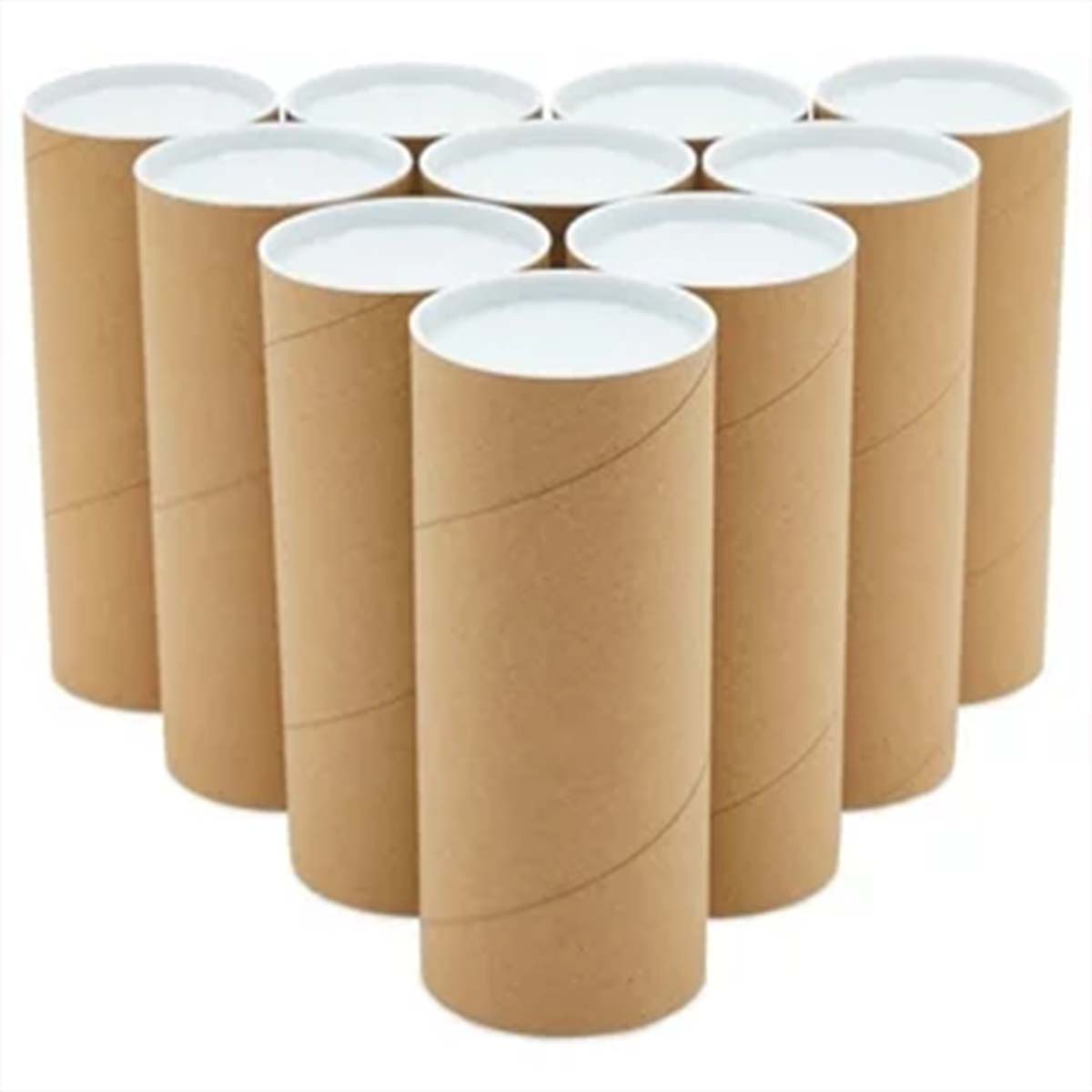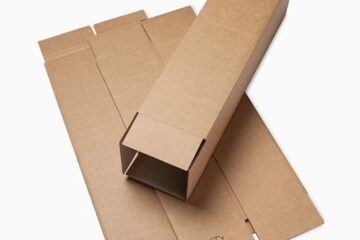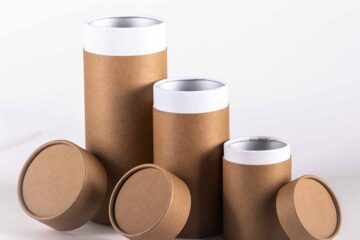The following five methods explain how large cardboard tubes function as protective packaging materials.
Large cardboard tubes serve functions beyond their role as containers. The protective design of these tubes makes them suitable for safeguarding products during storage and transportation and handling operations. The tubes serve as dependable protective solutions for businesses that handle glass items and textiles and oversized products. The following section explains how large cardboard tubes create protective benefits which help businesses protect their merchandise.
Durability of Large Cardboard Tubes
Why Strength Matters
The multiple layers of paperboard in these tubes create a strong structure which protects against outside forces and physical impacts and stacking pressure. The protective nature of these tubes safeguards products such as posters and industrial components and bottles from damage throughout transportation.
How They Prevent Damage
-
The reinforced walls of these tubes maintain their shape when exposed to storage and shipping pressures.
-
The cylindrical design of these tubes distributes forces equally throughout their structure which minimizes vulnerable areas.
-
The secure closure system maintains product stability by preventing items from moving out of their containers.
Table 1: Tube Thickness and Protection Level
| Tube Thickness | Application | Protection Level |
|---|---|---|
| 2–3 mm | Posters, light documents | Basic |
| 4–6 mm | Fragile glass or candles | High |
| 7–10 mm | Heavy tools, industrial use | Maximum |
Adaptability in Multiple Business Sectors
Who Uses Large Cardboard Tubes?
These packaging solutions serve various business sectors. The packaging solutions serve three main purposes in the market: they protect tools during construction work and they protect textiles during retail shipping and they protect candles and premium products in luxury markets.
Where They Fit Best
-
The art and design sector employs these tubes to protect posters and printed materials.
-
The shipping of bottles depends on these tubes for secure transportation.
-
The industrial sector employs these tubes to protect components which need extended protection.
Structural Design and Fit
Why Size Matters
The use of inappropriate packaging sizes leads to product movement and potential damage. The product requirements determine the availability of large cardboard tubes in various dimensions. The correct tube size provides a secure fit which stops items from moving while maintaining an attractive appearance.
Standard Size Options
-
Small: 2–3 inches diameter for documents
-
Medium: 4–6 inches diameter for candles or textiles
-
Large: 7–12 inches diameter for heavy or bulky goods
Table 2: Applications by Tube Size
| Tube Size | Example Product | Benefit |
|---|---|---|
| Small | Maps, documents | Easy handling |
| Medium | Candles, textiles | Balanced protection |
| Large | Tools, parts | Strong resistance |
Marketing and Shelf Value
Why Presentation Influences Buyers
The way customers view products depends heavily on their packaging design. The protective function of large cardboard tubes helps businesses present themselves as professional while demonstrating product quality to customers. Businesses can enhance brand recognition through logo printing and design personalization and finish selection for their packaging.
Example in Branding
The Tube Packaging company enables businesses to merge protective tubes with design elements through their services which include foil stamping and embossing and textured finishes. The dual functionality of this solution delivers both functional protection and effective marketing benefits.
Eco-Friendly Protection
Why Sustainability Adds Value
Modern consumers base their purchasing choices on the way products are packaged. The combination of recyclable cardboard tubes provides effective protection for items while minimizing waste production. The market segment focused on environmental sustainability finds particular value in this solution.
How Businesses Benefit
-
Lower environmental footprint
-
Stronger appeal to eco-minded consumers
-
Compliance with green packaging standards




